Mesoamerican Chac-Mool statue — Photo
L
2000 × 1333JPG6.67 × 4.44" • 300 dpiStandard License
XL
3000 × 2000JPG10.00 × 6.67" • 300 dpiStandard License
super
6000 × 4000JPG20.00 × 13.33" • 300 dpiStandard License
EL
3000 × 2000JPG10.00 × 6.67" • 300 dpiExtended License
Chac-Mool is the name given to a type of Pre-Columbian Mesoamerican stone statue. The Chac-Mool depicts a human figure in a position of reclining with the head up and turned to one side, holding a tray over the stomach.
— Photo by vkorost- Authorvkorost

- 16805425
- Find Similar Images
- 4.7
Stock Image Keywords:
Same Series:
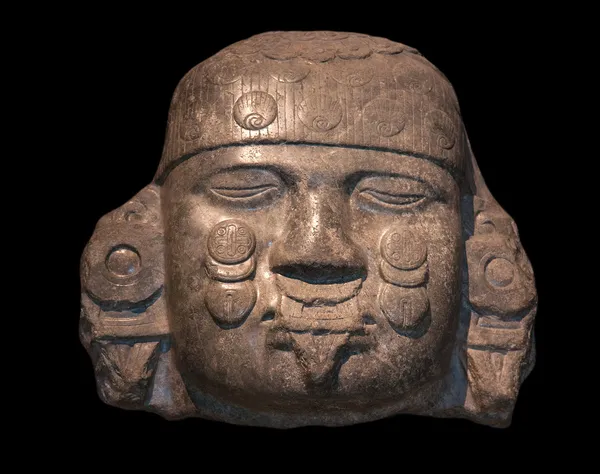
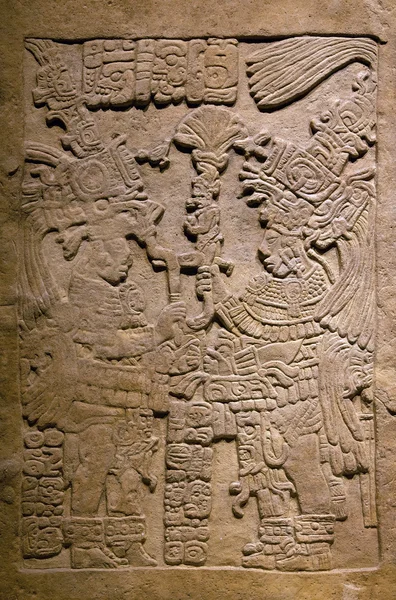

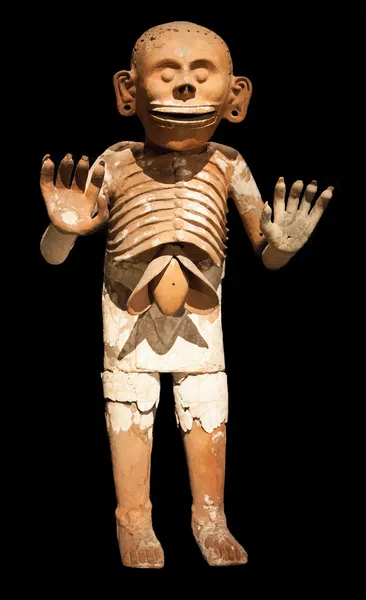

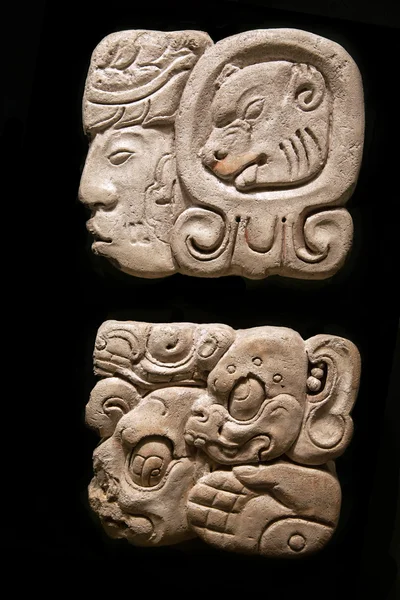


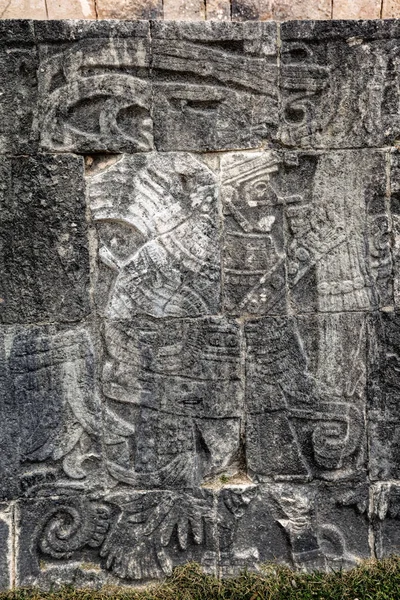

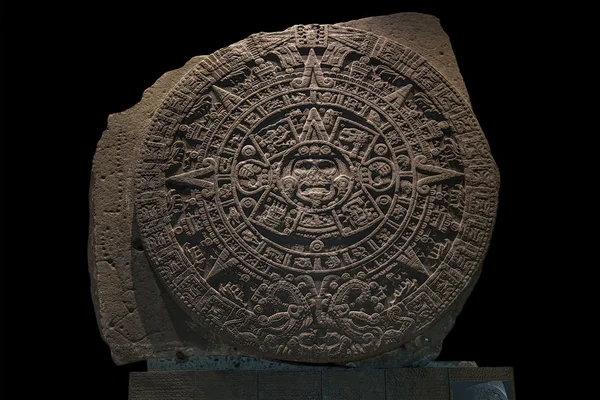

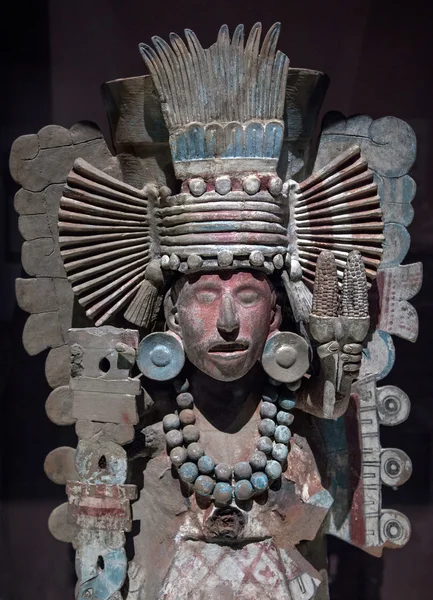



Similar Stock Videos:


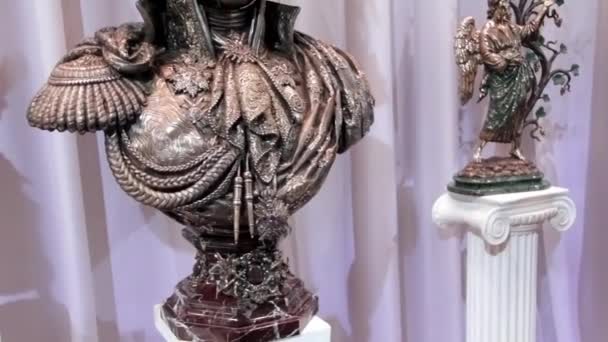
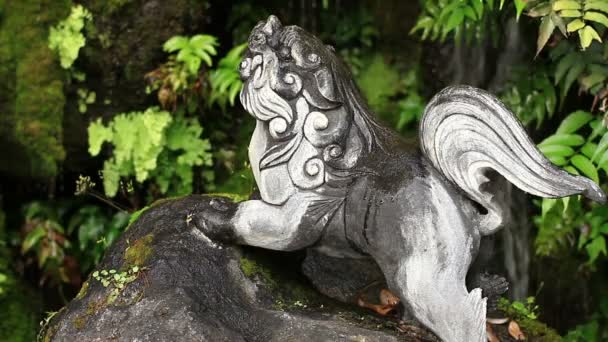



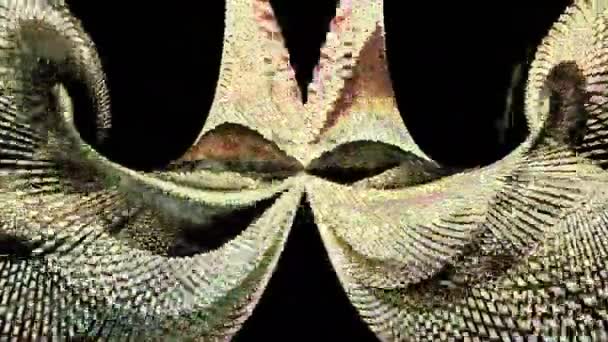

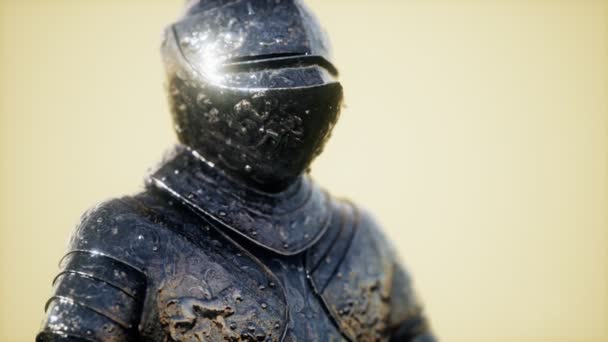
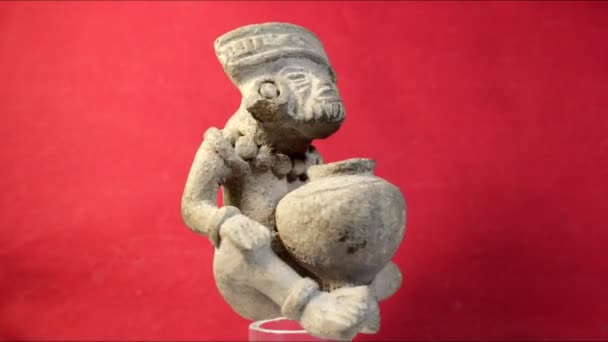


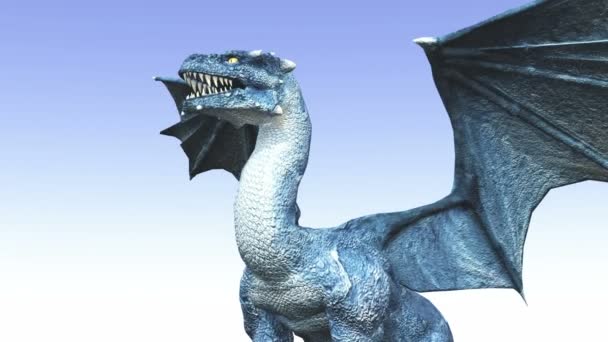
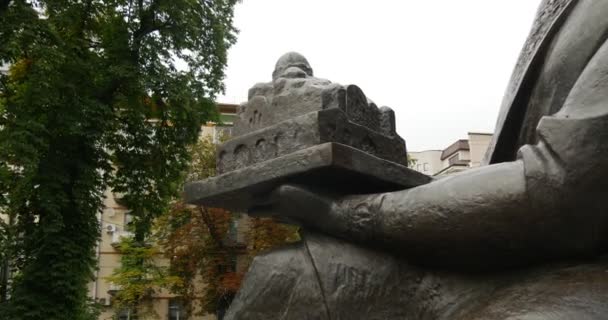

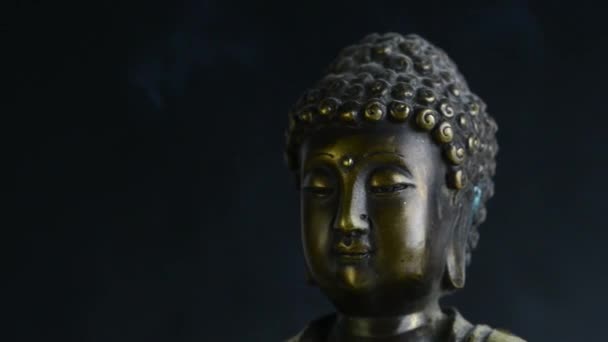
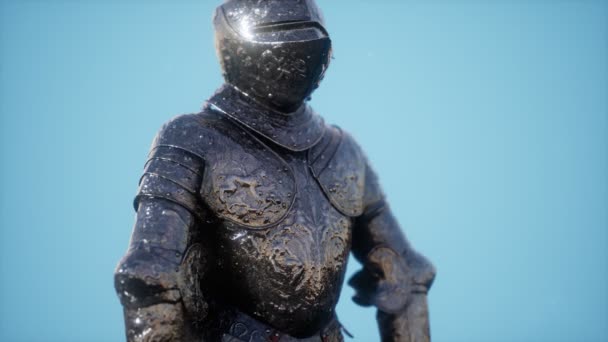
Usage Information
You can use this royalty-free photo "Mesoamerican Chac-Mool statue" for personal and commercial purposes according to the Standard or Extended License. The Standard License covers most use cases, including advertising, UI designs, and product packaging, and allows up to 500,000 print copies. The Extended License permits all use cases under the Standard License with unlimited print rights and allows you to use the downloaded stock images for merchandise, product resale, or free distribution.
You can buy this stock photo and download it in high resolution up to 3000x2000. Upload Date: Dec 8, 2012
